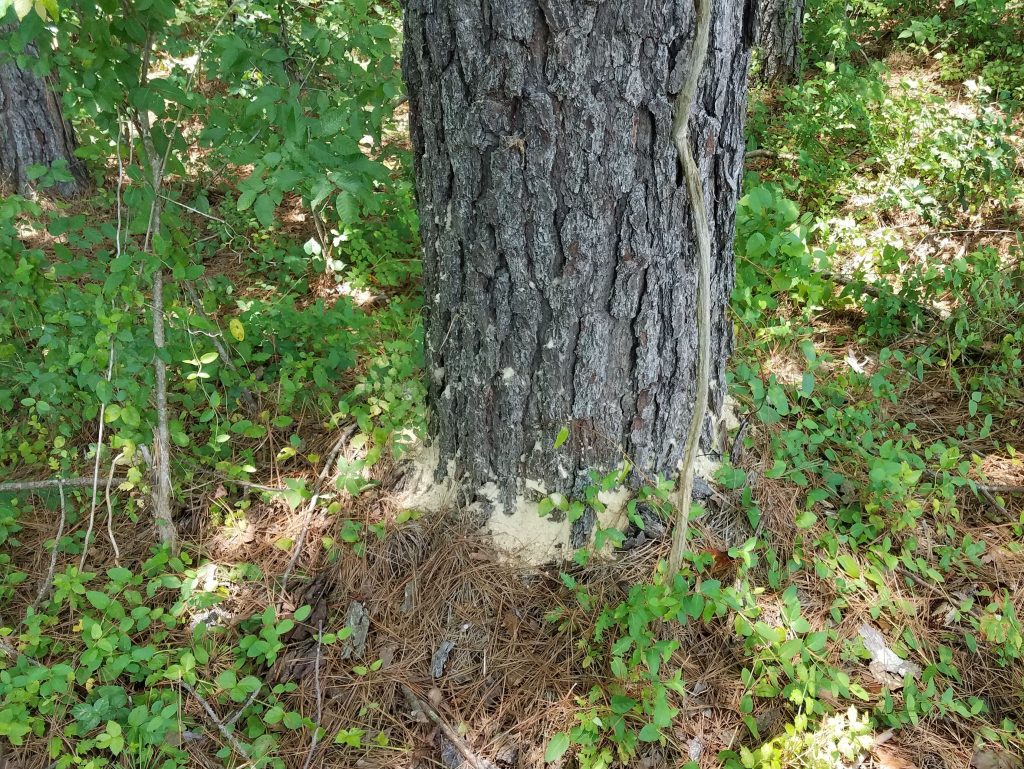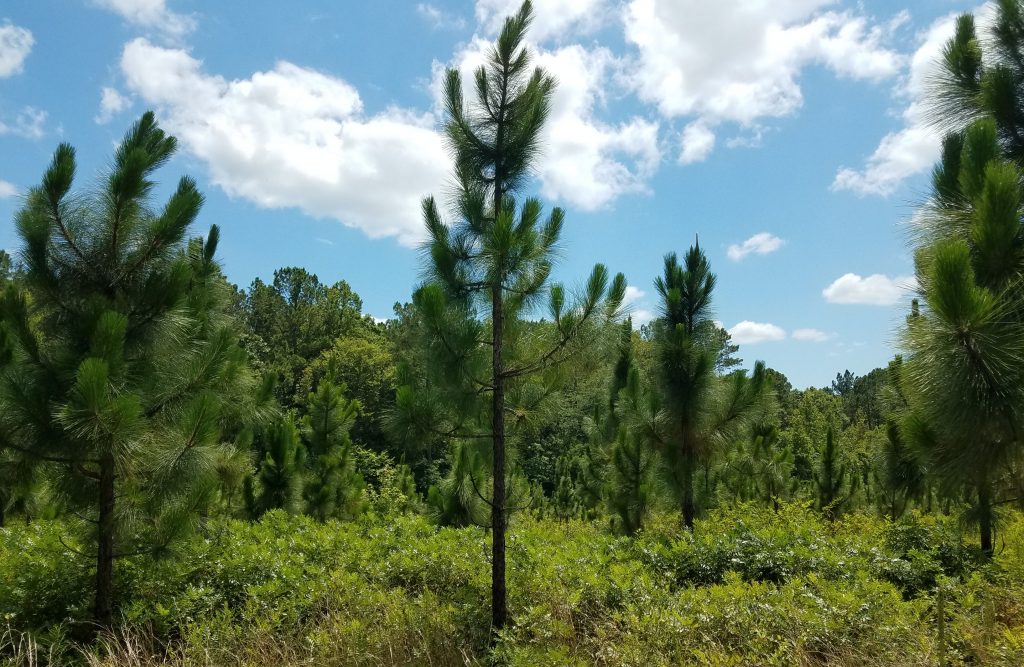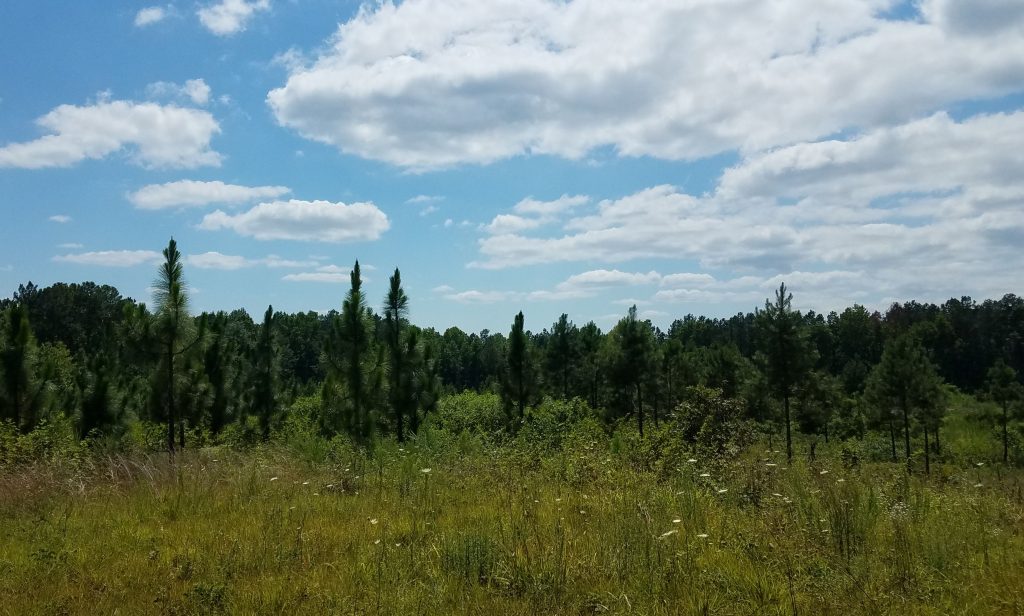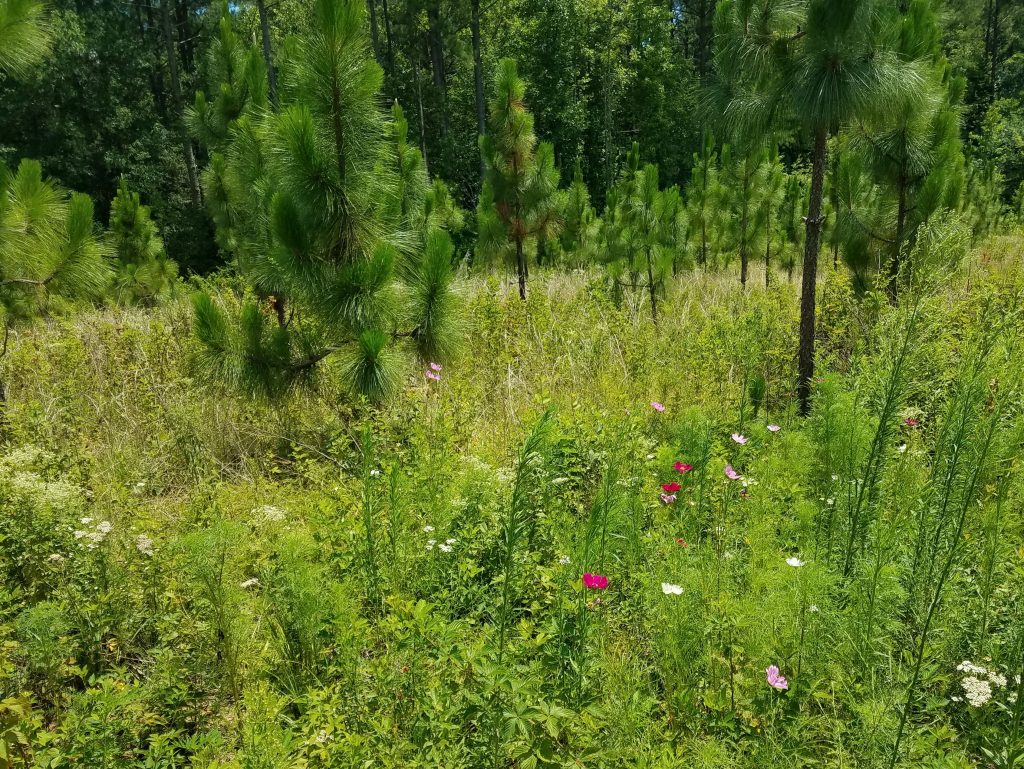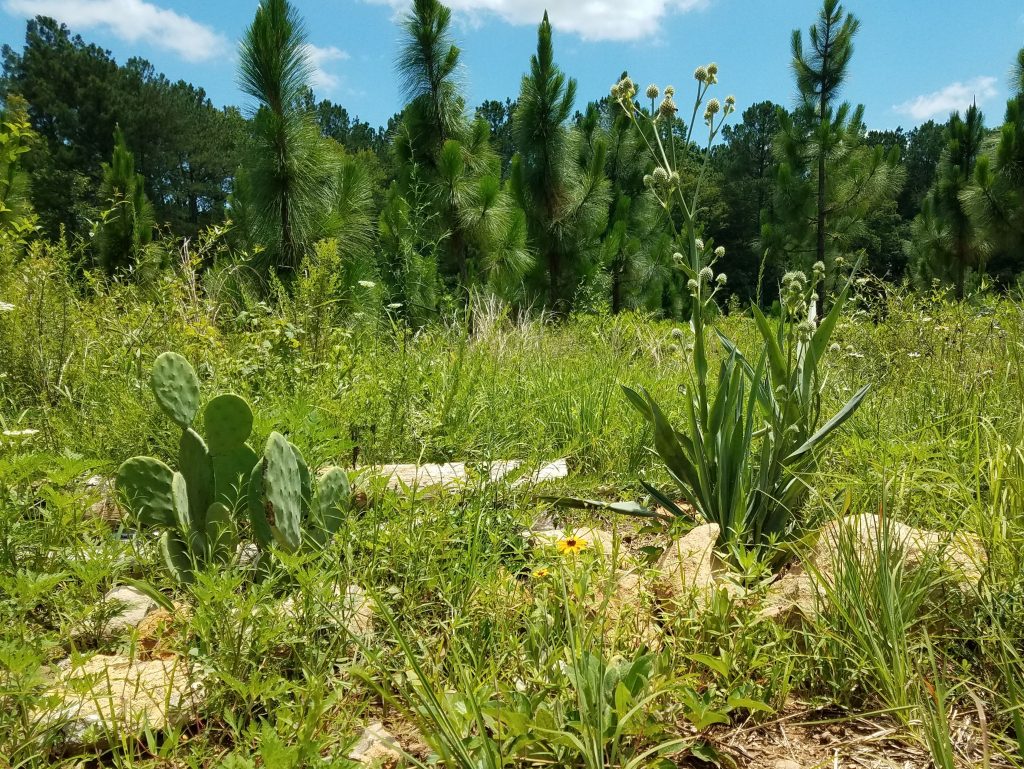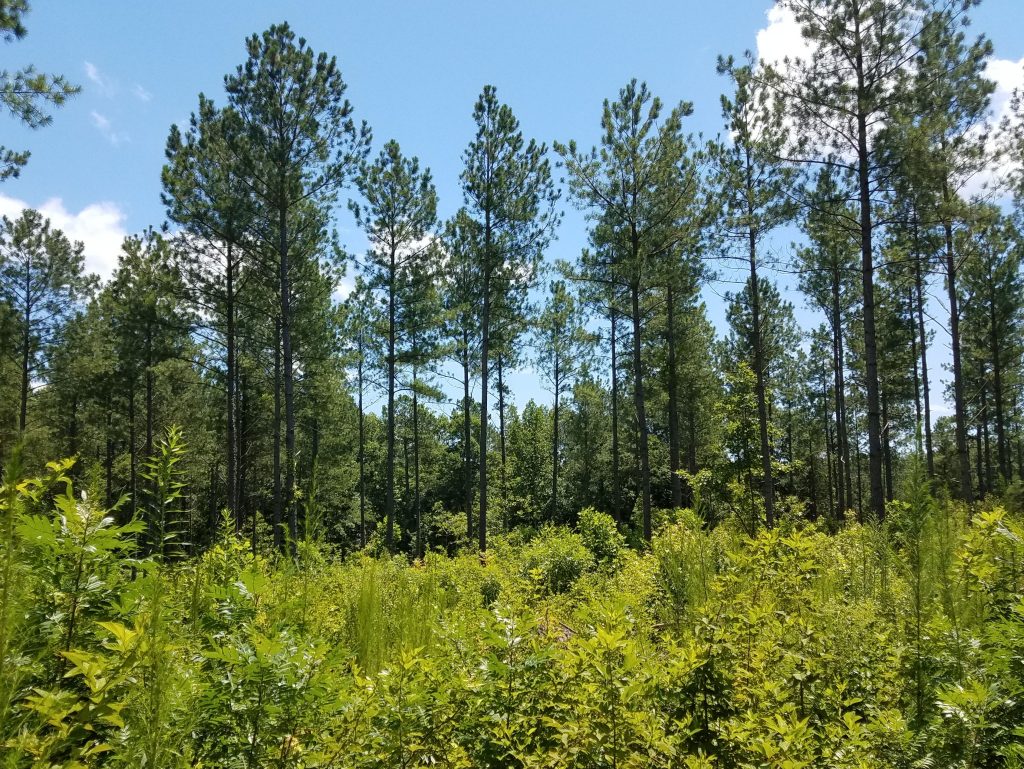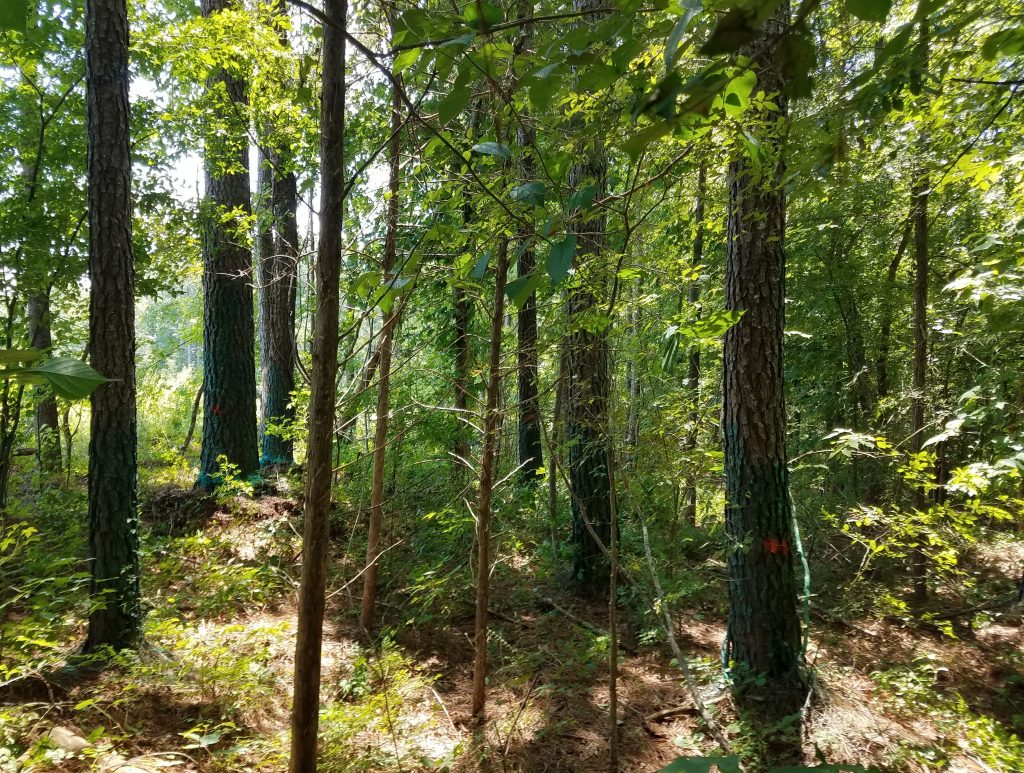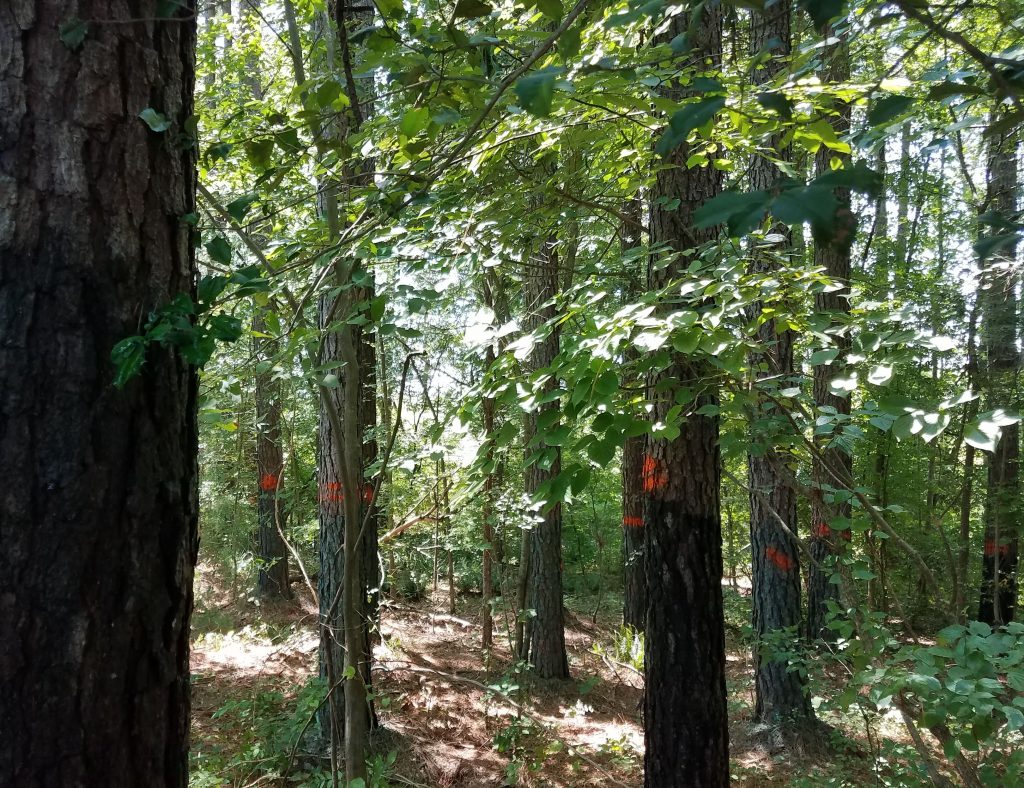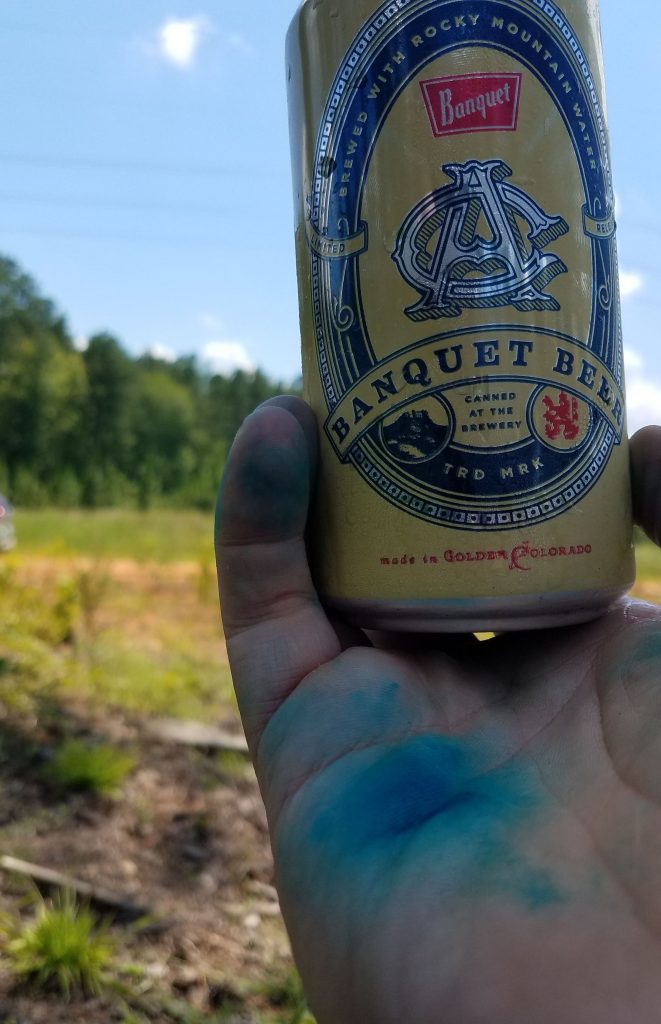Turpentine beetles
A few problems in the forest. Looks like we have some turpentine beetles. As far as I can tell, only two trees are affected, but no reason to not to react quickly. I called Adam Smith from Virginia Dept of Forestry and we will go and inspect them tomorrow. The trees affected are in the SMZ with lots of hardwood around and some distance between them and other pine trees, so I think we can control the outbreak. Will see what Adam recommends.
Otherwise things are good on the farms. We will do brown and burn in fall and winter and then plant longleaf in the quarter acre openings we made last year. Right now they are full of brush, hence the brown and burn. I took some pictures.
Burning
We will also burn under the longleaf. This is their second burning. I noticed that there was a greater variety of flowers int the burn year. Hope to get that again.
My first picture is the beetle tree. Next is one of the 1/4 acre plots were will burn and plant this winter. Picture #3 is my prickly pear and rattlesnake master, more garden for me than forestry, but interesting. Next is the longleaf-loblolly border. I assert that the natural boundary of longleaf goes exactly through my land in Freeman at exactly that stop. It’s science.
For longleaf enthusiasts, notice that the longleaf are as tall or taller than the loblolly. They were all planted at the same time, i.e. 2012. Longleaf have more variety of sizes. Some are still small and some are tall, but it is a myth that longleaf all grow slower than lobolly. IMO, site prep is the key. That area was browned and burned prior to planting and then burned 4 years later. We will burn again this late year or early next.
Last shows the longleaf stand with a shiny sumac understory. They are getting big.
Update on the beetles
Well, we confirmed that we have an infestation of black turpentine beetle. Only a few trees are affected. I don’t know how the bugs got here, but this is as far as they are gonna get. They infest only about six feet up, so I can get them. According to the experts, I need to spray the affected trees and any nearby pine. They gave me the particulars and I ordered the required stuff. We will then burn under the trees to knock out any residuals. We got them soon, so I think we can set them back. These beetle are endemic in Virginia. They probably would not kill too many trees, but if I can kill them first, I am content.
First picture shows Adam Smith checking out the trees. Next are happier scenes – the bald cypress I planted this spring (I put in 200, not sure how many will survive) and some wildflowers near the new longleaf.
Update on treatment
Went down to spray the trees today in hopes of stopping the turpentine beetles. I sprayed the affected trees and the nearby pine trees as precaution. The hardwoods are not susceptible to the pine beetles.
I tried to limit the spraying. I want to kill the beetles but with as little collateral damage as possible. I didn’t want to do too much but I hope I did enough. I used Bifen XTS, one of the formulas recommend by DoF.
I used the blue dye (Liquid Harvest Lazer Blue Concentrated Spray Pattern Indicator) so that I could see what I did. According to what I read, you have to spray up only about six feet. The blueish trees are kind of pretty. The blue shows up more on the trees actually infested, because there is lighter color sap and sawdust on the surface. It was supposed to be a hot day, so I was not as enthusiastic about going, but it was not bad. I did almost all my work in the shade. It took about 4 hours to get it done. Had to drive 3 hours each way, so it was a long drive for a short work, but I wanted to get at it as soon as possible.
A beer in the hand
I finished in the middle of the afternoon in time to have my cold beer and relax before heading home. As you can see from my picture, got a little bit of blue dye on my hand. Last is the view from my beer chair.

